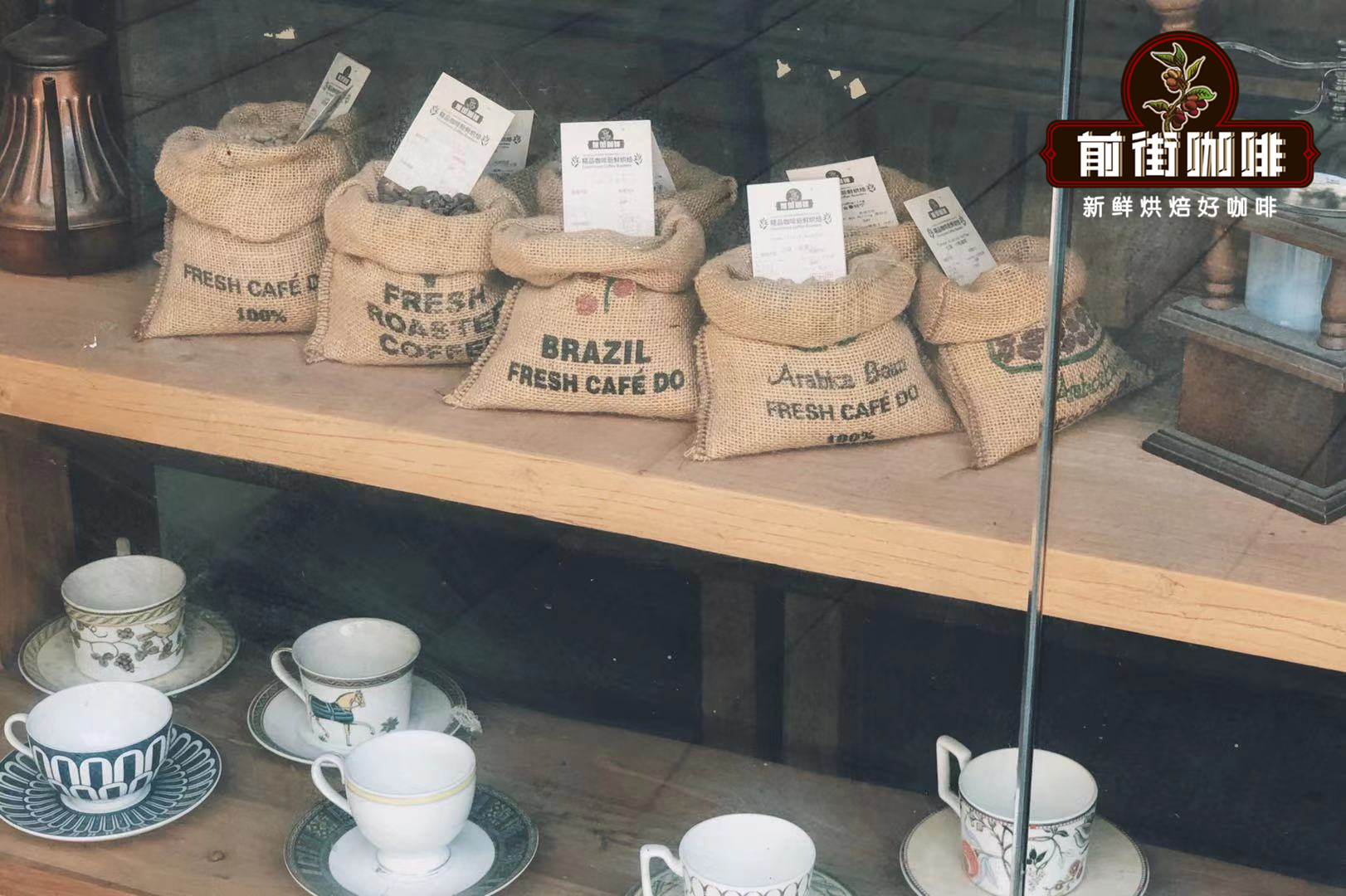Introduction to the grinding scale for the description of taste and flavor of Ethiopian coffee beans
Introduction to the grinding scale for the description of taste and flavor of Ethiopian coffee beans
The Jima mocha washed in Ethiopia looks very clean, but somewhat untidy, while untidiness is a nightmare of baking, which is always uneven in depth. In order to appreciate the original flavor, try not to pick too much, so as not to affect the overall taste.
Because they are new coffee beans with high water content, they need to be roasted a little deeper, using low heat to bake city in the city, the surface is slightly oiled, and the beans are brown. After baking, Gemma feels crisp and loose after grinding, and it takes a long time to finish the last point of grinding. It may be that the beans are light and not easy to get down.
The dry aroma of Gemma coffee powder: there is a strong, raging incense wild nostrils, mixed with a little faint earthy smell, compared with the Indonesian Karosi aroma is not so long-lasting.
French pressure pot follicles: there are rich and long-lasting brown grease, taste mild and smooth, clean washing, there is a gentle sour, a little sour.
Washed Ethiopian wild djimmahji Mamoca coffee, under the wild appearance, is the gentle heart; it is indeed a relatively high-quality low-acidity coffee.
Even the official research unit of Ethiopia does not know how many Arabica subspecies there are in Ethiopia. The coffee cooperatives in this mountain are certainly different from those planted in another mountain, and even small farmers in the same region grow different varieties of coffee. It has been estimated that there are at least 2000 varieties of Ethiopian coffee and even more than 4500 kinds of coffee. Compared with the fat posture of Bourbon 'SL28', the main variety to the south of Kenya, or Tibica in Central and South America and Asia, Ethiopian beans look a little malnourished. But "beans" can not be seen, Ethiopian coffee has the most citrus aroma in the world, whether it is instant coffee or freshly ground coffee, you can smell the aroma of orange or lemon when you extract it. The entrance is characterized by strong floral, fruity, sour and sweet aromas, but the alcohol is slightly thicker or thicker.

Important Notice :
前街咖啡 FrontStreet Coffee has moved to new addredd:
FrontStreet Coffee Address: 315,Donghua East Road,GuangZhou
Tel:020 38364473
- Prev

Starbucks makes American-style coffee beans that are deeply roasted. Why do Italian coffee beans have oil on the surface?
The difference between Starbucks medium roast and deep roast-Starbucks espresso coffee beans 4321 theory in fine coffee: 40% of the quality of a cup of fine coffee is in the variety, planting, processing method;30% in the roast;20% in the brewing equipment used;10% in the brewer's technology. Roasting is particularly important for the taste and flavor of fine coffee, and brown beans are
- Next

The characteristics of Red Kaddura washed Coffee beans in Costa Rica
The characteristics of red Kaddura washed coffee beans in Costa Rica the taste of the grinding scale manor introduces that the coffee trees planted in Costa Rica are all Arabica coffee trees, and through improvement, the quality of coffee beans is better and more stable; in order to facilitate picking, coffee trees are maintained at a height of about 2 meters by continuous pruning; the coffee that people eat is the flavor released by the seeds in the fruit being soaked in water.
Related
- Detailed explanation of Jadeite planting Land in Panamanian Jadeite Manor introduction to the grading system of Jadeite competitive bidding, Red bid, Green bid and Rose Summer
- Story of Coffee planting in Brenka region of Costa Rica Stonehenge Manor anaerobic heavy honey treatment of flavor mouth
- What's on the barrel of Blue Mountain Coffee beans?
- Can American coffee also pull flowers? How to use hot American style to pull out a good-looking pattern?
- Can you make a cold extract with coffee beans? What is the right proportion for cold-extracted coffee formula?
- Indonesian PWN Gold Mandrine Coffee Origin Features Flavor How to Chong? Mandolin coffee is American.
- A brief introduction to the flavor characteristics of Brazilian yellow bourbon coffee beans
- What is the effect of different water quality on the flavor of cold-extracted coffee? What kind of water is best for brewing coffee?
- Why do you think of Rose Summer whenever you mention Panamanian coffee?
- Introduction to the characteristics of authentic blue mountain coffee bean producing areas? What is the CIB Coffee Authority in Jamaica?

